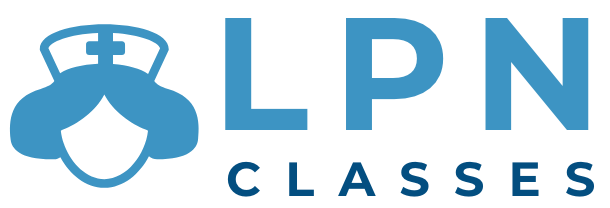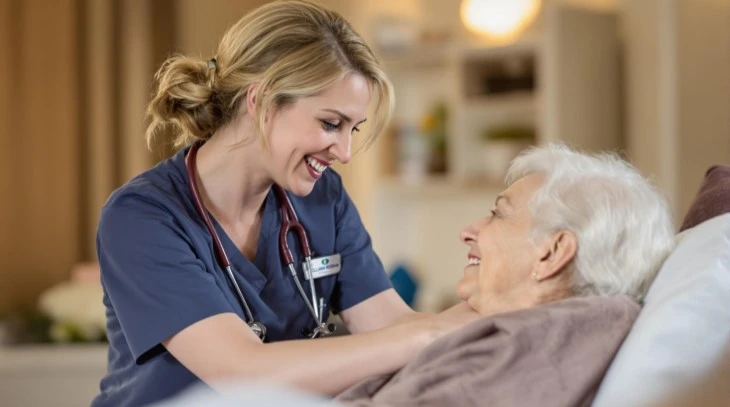

My name is Katie, and I have been a nurse for 10 years. My healthcare journey began in 2013 when I started as a CNA, eventually progressing through school to achieve my BSN. I specialize in Emergency Medicine and have worked as a Travel ER RN since the COVID-19 pandemic. Nursing has been life-changing for me. I strive to be the good in difficult situations and provide the best care possible to my patients.
If you’re trying to picture what a Licensed Practical Nurse really does during a shift, you’re not alone. Titles can be vague—but the work is anything but.
Whether you’re exploring the profession or already considering training, it helps to understand exactly what an LPN does on a day-to-day basis. Here’s a closer look at the role: the responsibilities, the variety, and what it actually feels like to be the one in scrubs.

At the heart of the LPN role is direct, hands-on care. LPNs are often the ones patients see most frequently—checking on them, helping with daily activities, and making sure care routines run smoothly.
You’ll likely be:
Taking vital signs (temperature, blood pressure, heart rate)
Monitoring patient symptoms and reporting changes
Assisting with bathing, dressing, and hygiene
Administering medications (in most states)
Changing dressings and helping with wound care
Supporting patients emotionally during recovery or illness
It’s a balance of technical skill and compassion. Some moments require clinical focus; others require just listening to someone who’s scared or in pain. You’re part caregiver, part communicator, part calm in the storm.
LPNs usually work under the supervision of an RN (Registered Nurse) or physician. But that doesn’t mean you’re just following orders. LPNs are expected to think critically, catch small changes before they become big issues, and advocate for the patient when needed.
You’ll often be the one who notices when something’s off—and the one who speaks up about it.
You also work alongside CNAs (Certified Nursing Assistants) and other healthcare staff. In some settings, you’ll delegate tasks. In others, you’ll be shoulder-to-shoulder handling the workload together.
LPNs are found in all kinds of clinical environments. Some of the most common include:
Long-term care facilities (like nursing homes)
Assisted living communities
Hospitals
Outpatient clinics
Rehab centers
Home health
Doctor’s offices
Schools
Correctional facilities
Each setting comes with its own rhythm. In a nursing home, you might build long-term relationships with residents. In a hospital, your patients might change every day. In home health, you’ll often work independently and travel between patients.
While patient care is the focus, LPNs also handle plenty of practical logistics:
Documenting care accurately
Updating charts and medical records
Communicating with family members
Coordinating follow-up appointments or discharge details
It’s the kind of behind-the-scenes work that keeps care moving. And while it’s not always glamorous, it matters.
Some days fly by. Some drag. Some break your heart. Others make you proud.
As an LPN, you’ll see people at their most vulnerable—and be one of the reasons they get better. Or stay comfortable. Or feel seen. That’s not a small thing.
Yes, it can be physically demanding. And emotionally heavy at times. But it’s also deeply human work. And if that’s what you’re after, you’ll find purpose here.
Knowing the job is the first step. If it still sounds like the kind of work you want to be part of, that’s a good sign.
The next step? Training. And we can help with that. Use our form to find LPN programs near you and start your path into healthcare.
Ready to kickstart your healthcare journey?
Fill out the form above, and let CNA Class Guide match you with the best CNA training programs in your area!

Copyright © 2025 LPN Class Guide
All Rights Reserved